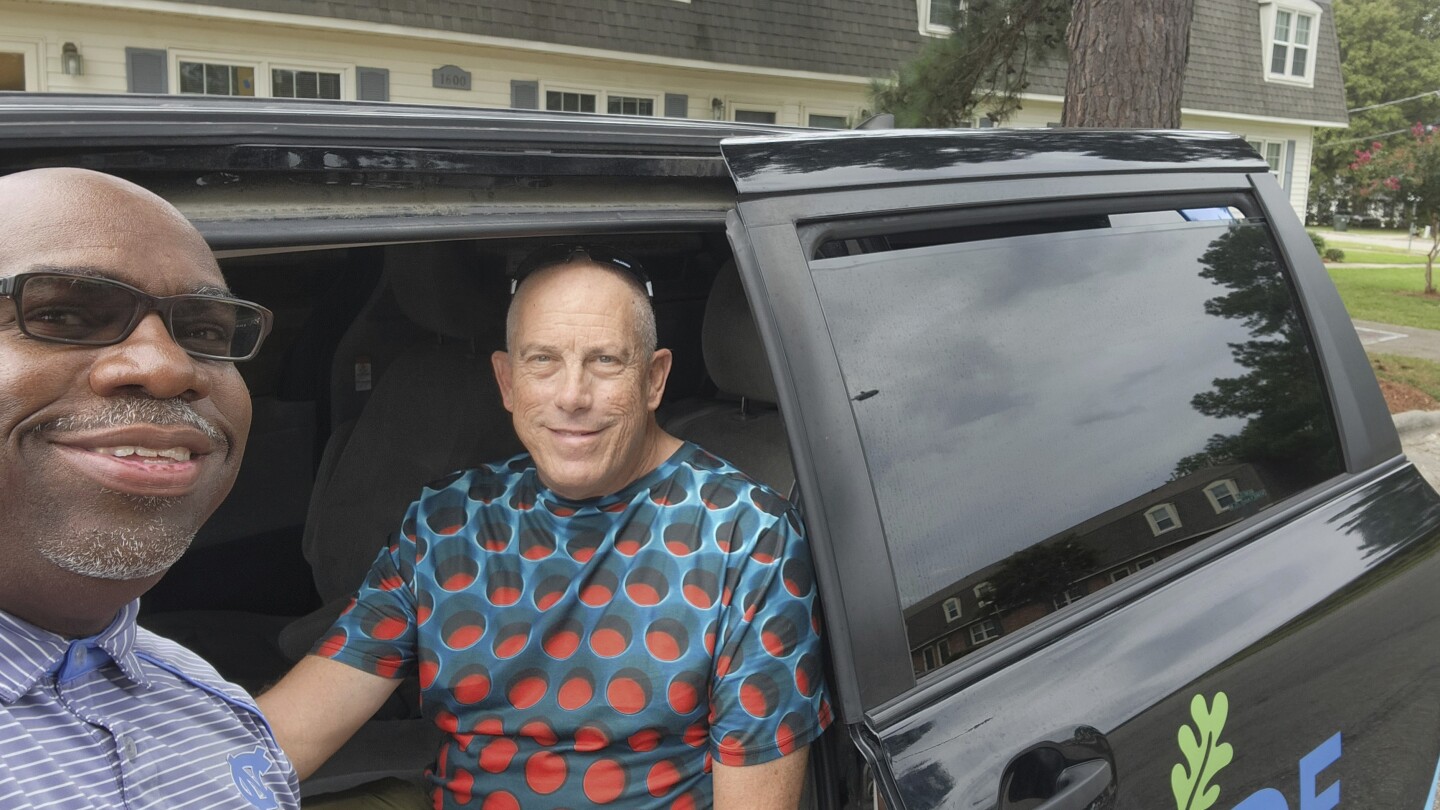What if public transit was like Uber? A small city ended its bus service to find out::Small-scale, tech-based solutions to transportation problems have emerged as a great equalizer in the battle for infrastructure dollars between big cities and rural communities.



Removed by mod
There are a lot of places in America where public transit in the form of regular bus routes isn’t really workable. And like it or not, cities were built without public transit in mind: neighbourhoods are not dense and built around trunk routes. Step one to catch a bus is often “walk 15 minutes to the bus stop”. And often there’s not even sidewalks. This is…unavoidable, you can’t rebuild entire cities or have 5x as many bus routes. It’s unfortunate, but it’s reality.
If you could get a tech company or startup to provide the mapping/routing software, it would be feasible to make “Uber-style” buses that generated routes on the fly, based on user-requested start & stop locations.
Famously (within logistic circles, anyway) Amazon FCs (basically warehouses, but with minimum capacity) store all their stock randomly. People unload incoming boxes and literally toss them randomly on the shelves wherever they fit–but only after scanning the product and the shelf it’s on. Then, when you buy something on Amazon, the inventory system finds a ‘picker’ (somebody taking things off the shelf) who’s near the desired product…they grab it and toss it in a crate on a conveyor belt, which is then routed to a packer, who packs it together with everything else headed to the same customer.
This works much better than traditional warehouses where bulk inventory is all stored together in great big bins. It’s one of the big things that makes Amazon so hard to beat on shipping speed & price.
So, analogously: have small buses (not Ubers, with one customer per vehicle) which drive though neighbourhoods, picking up people at or near their house, and dropping them off at Park & Rides, or transit centres, or light-rail stops, as well as destinations. If, at any given time, a bunch of people are headed to a particular spot, make an impromptu route and get 'em there. If things are busy, pay more to cause more buses to run.
This could work. And critically, it could work in American cities today, in a way buses just can’t. And it could drive people to public transit, thus increasing demand and revenue, allowing it to expand.
you know, you could literally have more bus stops? you could also have a network instead of a trunk
As I said in another reply, a one-way trip to the downtown area of my nearest city is a 1.5-2 hour trip, making for a 3-4 hour round trip commute. This is because the first bus I’d have to catch meanders through the suburb, stopping often, because that’s the only way to provide service to giant spread-out suburbs. Either that, or you’d need like 3-4x as many buses cruising through neighbourhoods that were not designed to accommodate buses. And that’s not remotely politically viable.
The bus I would catch is usually mostly empty. People don’t bother walking anywhere from 5 - 30 minutes to the bus stop to take a 45 minute bus ride to a place that would’ve been a <15 minute car ride away. And they do have a car, there’d be no realistic way to live in a suburb without one. And most people live in a suburb.
Frankly, typical American suburbs aren’t really dense enough to support bus routes. That’s why it seems to me that something like this could work. Dynamic bus routes that come closer to your actual home and take you to a trunk route in a reasonable time would be very handy.